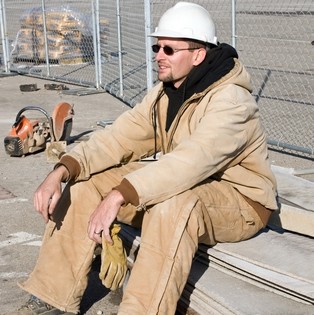
Fences and barriers are an integral component of a facility protection system. The idea may sound simplistic, but protection experts can identify the perfect places to put up permanent or temporary fences, creating a foundation for a variety of force multiplying security strategies. Strategic fence and barrier emplacement can 1. control movement throughout facilities, 2. prevent picket lines from disrupting operations, and 3. protect shipping areas. All of this depends on the strategic deployment of fences with a protection methodology in mind.
1. Controlling movement
Many business facilities in sectors ranging from retail to manufacturing include large areas where people can easily fade into the background, and if they have malevolent intentions, can wait to threaten other individuals. Whether this happens within storage areas filled with supplies, or large warehouses that have lots of places to hide, violent individuals hoping to prevent temporary workers from getting the job done during a strike, for example, can do considerable harm by damaging equipment or otherwise disrupting movement. It is also possible for temporary workers to easily get lost or wander into areas they are not authorized to visit.
Strategic fence and barrier placement throughout a facility can make it much easier for organizations to control movement and protect individuals working in obscure parts of a facility.
2. Limiting picket effectiveness
Effectively placing fences throughout the exterior of a facility can limit how picket lines impact entry to and exit from a facility. Picket lines can make it difficult for temporary workers to enter a building and possibly create safety risks. Fences deployed between different parts of a facility enable temporary employees to easily move between different areas without picket lines disrupting their ability to get their jobs done. This can ensure that organizations are able to maintain operations without putting short-term workers at risk.
3. Protecting shipping
In some cases, striking union workers can delay external shipments by as long as two minutes per truck or more. This can be highly disruptive when organizations must get hundreds of shipments out to customers in a short time. Fences safeguarding loading docks, external operations areas and exits from those areas can play a vital role in preventing workers who are on strike from interacting with trucks.
Preventing shipping disruption can be essential to maintaining customer satisfaction during a crisis event, and tactical fence placement can play a critical role in this process.
Fences and barriers may seem like such basic precautions that they are not even worth careful consideration. However, expert placement of these "systems" can go a long way toward protecting a company's people, property, products and brand during a crisis event.






Comments
Currently, there are no comments. Be the first to post one!